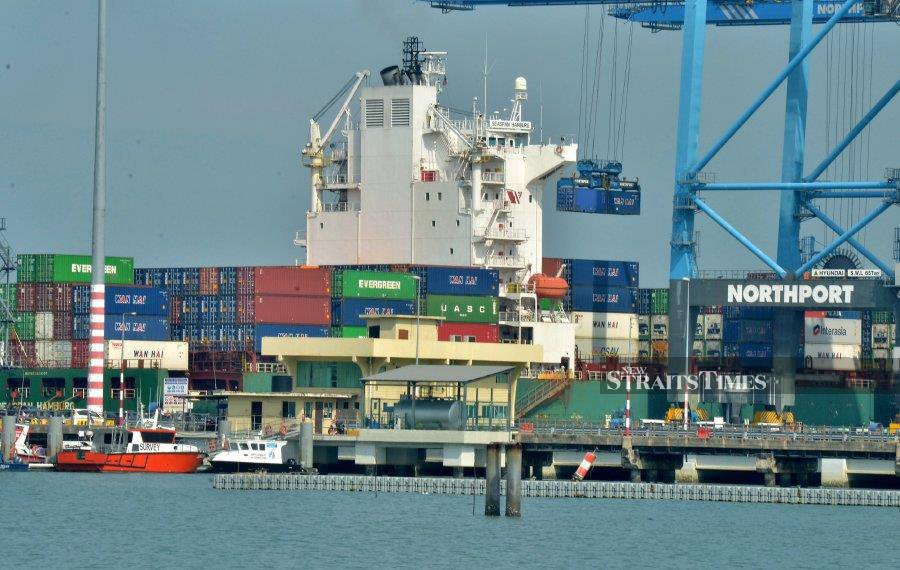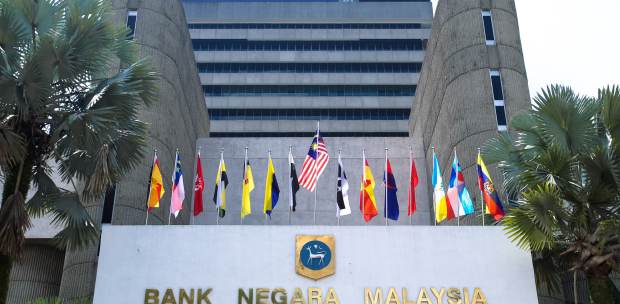THE momentum of economic recovery seems to be solid, with 8.9 per cent growth in the second quarter, the highest in the region.
To appreciate the number, one has to look at the context and recent developments in the economy, notwithstanding the low base effect due to the opening of the international borders on April 1.
First, beginning with data from the second quarter of 2018 until before the pandemic struck in the fourth quarter of 2019, the economy recorded sub-par growth of below five per cent.
In fact, in 2019, the economy was at its slowest since 2009.
Even then, with political instability following the 14th General Election (GE14), there was talk of an impending recession.
In 2020, due to Covid-19, the economy contracted at 5.6 per cent. Without a slew of stimulus packages totalling RM530 billion, things could have been much worse.
Last year, the economy rebounded modestly at 3.1 per cent.
On Aug 21 last year, Datuk Seri Ismail Sabri Yaakob took the helm as the ninth prime minister in a unique economic situation with enormous challenges.
The pandemic had battered the economy before we eventually transitioned to endemicity.
So, the question of whether another lockdown had to be imposed was relevant at that time.
In the end, Ismail Sabri chose not to do so.
Beginning in October last year, local borders were reopened, and in April, international borders were reopened.
One year on, as we move towards endemicity, he has to manage the after effects of the series of lockdowns imposed on the economy, businesses, and most importantly on the people in the past two years.
Lockdowns affected not just our economy. Lockdowns imposed in other countries have also adversely impacted the global economy.
The eight stimulus packages to aid the recovery of the economy must be handled well.
All these are unprecedented, as are other issues in managing the economy during the pandemic, such as the aftermath of the supply-demand disruption, an increase in inflation, income inequality, unemployment, household debt, deficit and public debt levels, shortages of labour , as well as the disruption in the global supply chain.
The Russia-Ukraine conflict has also caused a spike in commodity and food prices, compounded by the aggressive monetary tightening of many developed countries, especially the United States, which has caused the ringgit to depreciate further ahead of a possible global recession next year.
China's zero-Covid policy has affected trade in countries like Malaysia, as our net exports were still in the negative according to data from April to June.
Sri Lanka's fall into bankruptcy caused many to compare it to the Malaysian economy, thus coining the term kerajaan gagal.
Political uncertainty, which requires attention especially in managing the economy, still has not cooled off.
Allegations of abuse of power, like the RM9 billion littoral combat ship scandal, need prompt explanations.
From an economic standpoint, leaders today are facing a very difficult task in managing the economy, with high expectations from the public.
In this context, the 8.9 per cent growth figure and the 6.9 per cent growth rate in the first half of this year were significant and robust.
If the economy is able to record five per cent economic growth for the whole of this year, that would be the best performance of the economy post-GE14.
That would also mean that the economy is back on its growth potential level.
With better gross domestic product data, the unemployment rate has gone down below four per cent.
But moving forward, there are structural issues which require comprehensive reforms to the economy.
They include underemployment, youth and graduate unemployment, high cost of living, stagnant wages, the strengthening the SMEs, the digitalisation agenda, food security, climate change, inadequate social safety nets, inequality of income and development, hardcore and multidimensional poverty, school and university drop-out rates, an ageing population, lack of nutritious food, and the search for
new sources of growth and revenue.
These are what I think the 2023 Budget should focus on. Perhaps, this time with different approaches and strategies.
The writer is an associate professor at the School of Economics, Finance and Banking, Universiti Utara Malaysia






